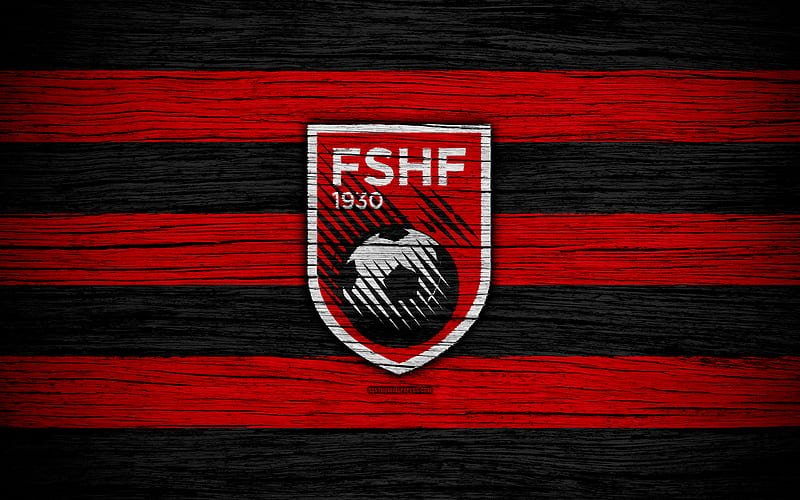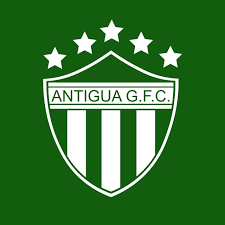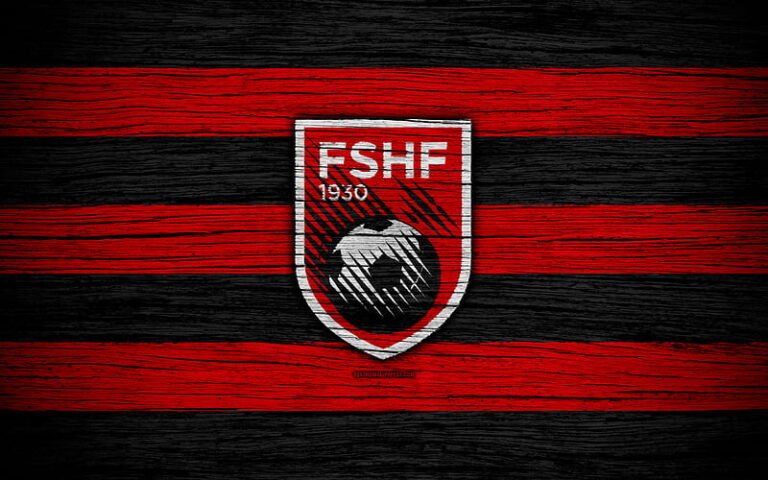
Albania FC
Albania FC, a renowned football club with a rich heritage, has become an emblem of talent and passion in the world of football. This club has not only influenced the local football scene but has also made strides in international competitions. This article offers an in-depth exploration of Albania FC’s history, achievements, current squad, key players, fan culture, and future prospects.
Overview of Albania FC
Albania FC is a professional football club located in Albania, known for its vibrant history and impressive achievements. The organization has developed a deep connection with its supporters, making it a significant institution in the region. The club competes in various national and international tournaments, showcasing the prowess of its players and the tactical acumen of its coaching staff Go8.
In recent years, Albania FC has gained recognition for its ability to cultivate young talent while simultaneously attracting seasoned players to strengthen the squad. The balance of youth and experience has allowed the club to compete at a higher level and aspire to achieve significant milestones.
Club Structure
Albania FC is structured as a professional football club with various departments to manage its operations effectively.
- Management: The club is overseen by a dedicated management team focused on improving facilities and scouting new talents.
- Coaching Staff: The coaching staff is a vital component, responsible for developing players, implementing strategies, and ensuring the team performs at its best.
- Player Development: Albania FC invests in academy programs that cultivate young talents, equipping them with the necessary skills to compete professionally.
Club Colors and Mascots
The colors and mascots of Albania FC play an essential role in its identity.
- Club Colors: The primary colors of Albania FC are red and black, representing resilience, power, and passion.
- Mascots: The club’s mascot is symbolic of the national spirit, embodying strength and determination, which resonates with the team’s fighting spirit on the field.
Competing Teams
Albania FC participates in various domestic leagues and cup competitions, forging rivalries with other local clubs. These local derbies are marked by intense passion and have the potential to elevate the excitement for fans and players alike.
History of Albania FC
The history of Albania FC is a riveting tale that reveals the evolution of the club from humble beginnings to a significant powerhouse in Albanian football. Understanding this evolution offers valuable insights into the club’s current standing and future aspirations.
Early Beginnings
Albania FC started its journey in the early 20th century, initially participating in local leagues. These early years laid the foundation for the club’s future successes.
- Establishment: The club was founded with the primary goal of promoting football in the community, inspiring local youth to engage in sports.
- Initial Challenges: The early days were met with numerous challenges, as football was not yet deeply ingrained in Albanian culture, leading to a slow start in terms of fan engagement and competitive success.
Growth and Development
As the popularity of football surged, Albania FC began to evolve, gaining prominence in the local and national football scene.
- Competitive Matches: The club started to participate in more competitive matches, gradually building a reputation for its fighting spirit and tenacity.
- Key Milestones: Notable victories in early domestic competitions ignited the passion of the fanbase, rendering Albania FC a beloved club in its region Chính sách bảo mật GO8.
The Modern Era
With the turn of the century, Albania FC entered a transformative phase, impacting not only local competitions but also gaining exposure on the international stage.
- Investment in Facilities: Significant investment in training facilities and youth academies was made, helping to foster raw talents.
- International Competitions: The club began competing in regional tournaments, where they showcased their growth and set ambitious goals for continuous improvement.

